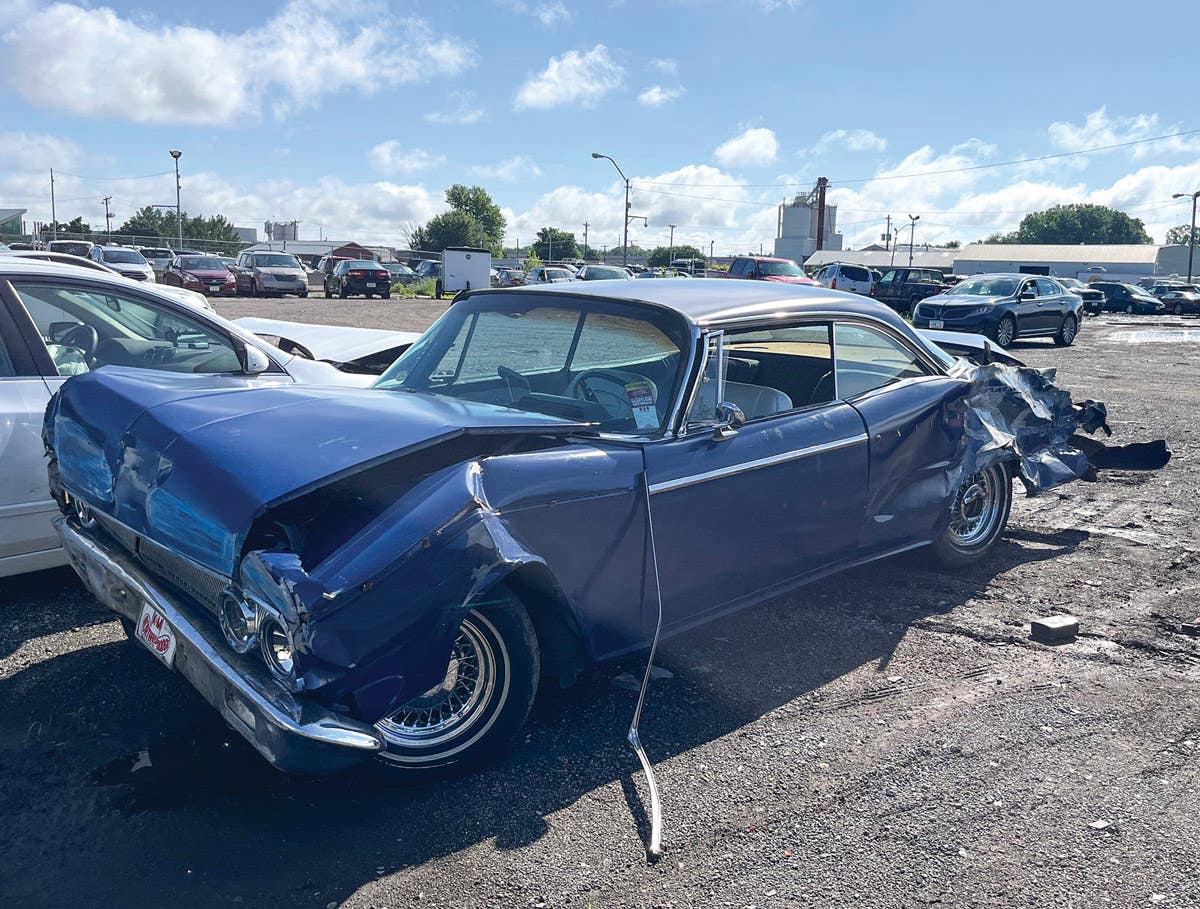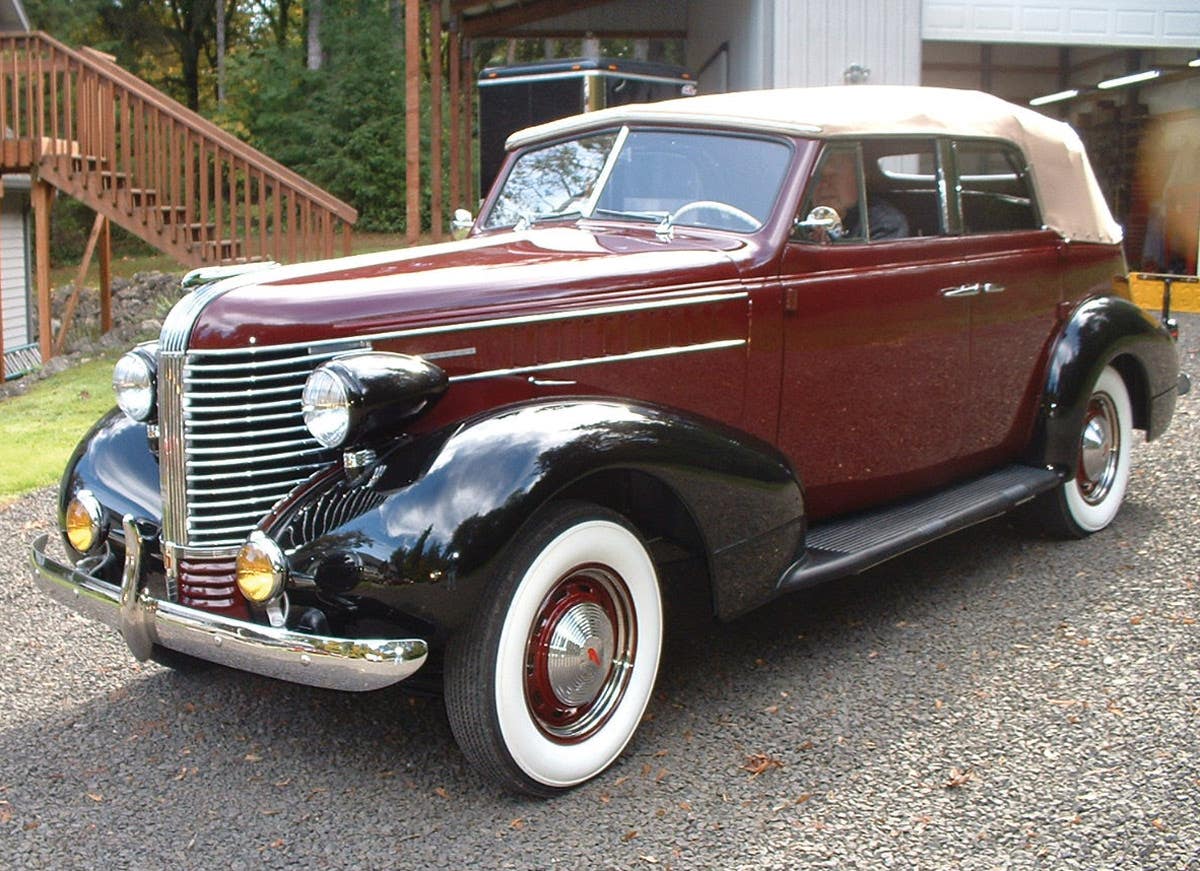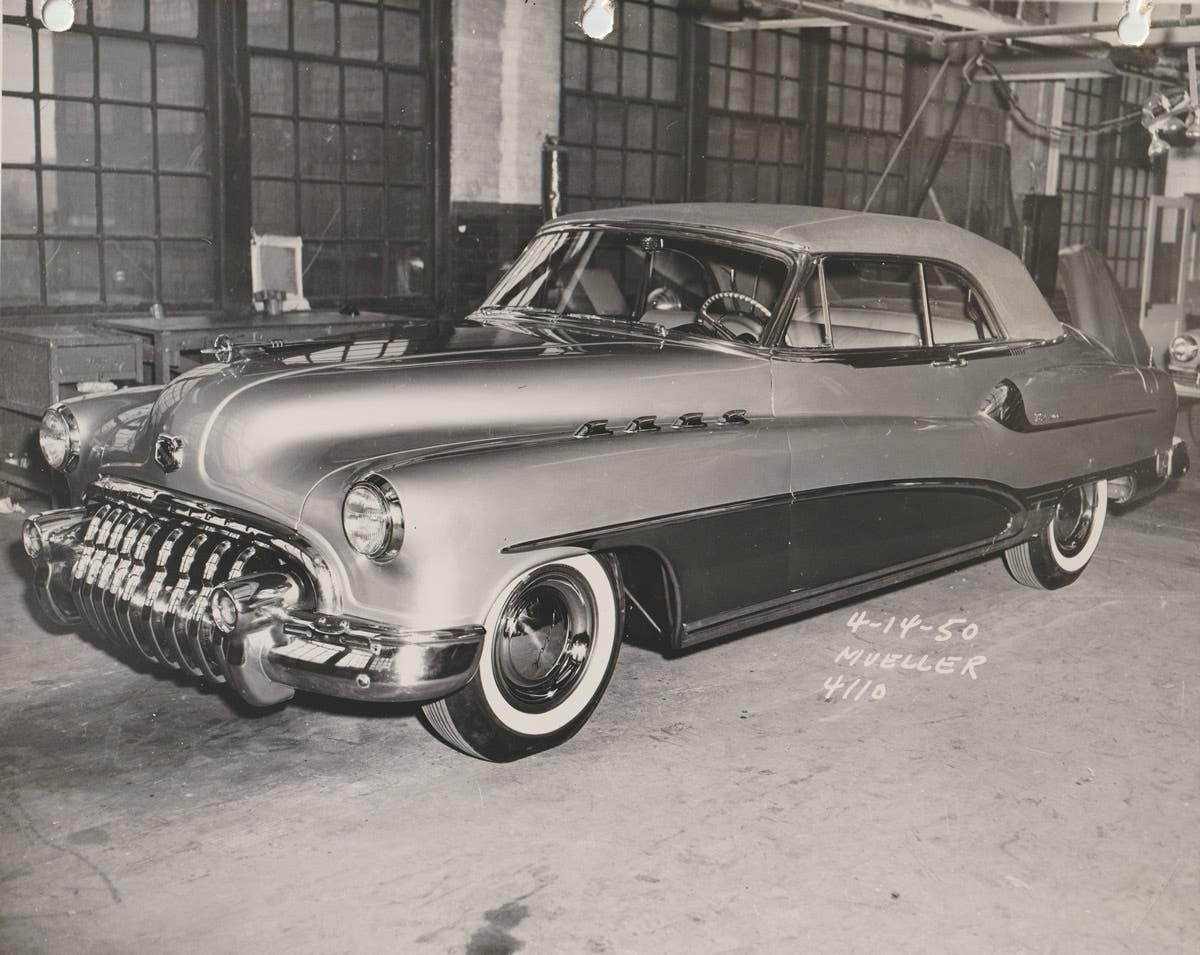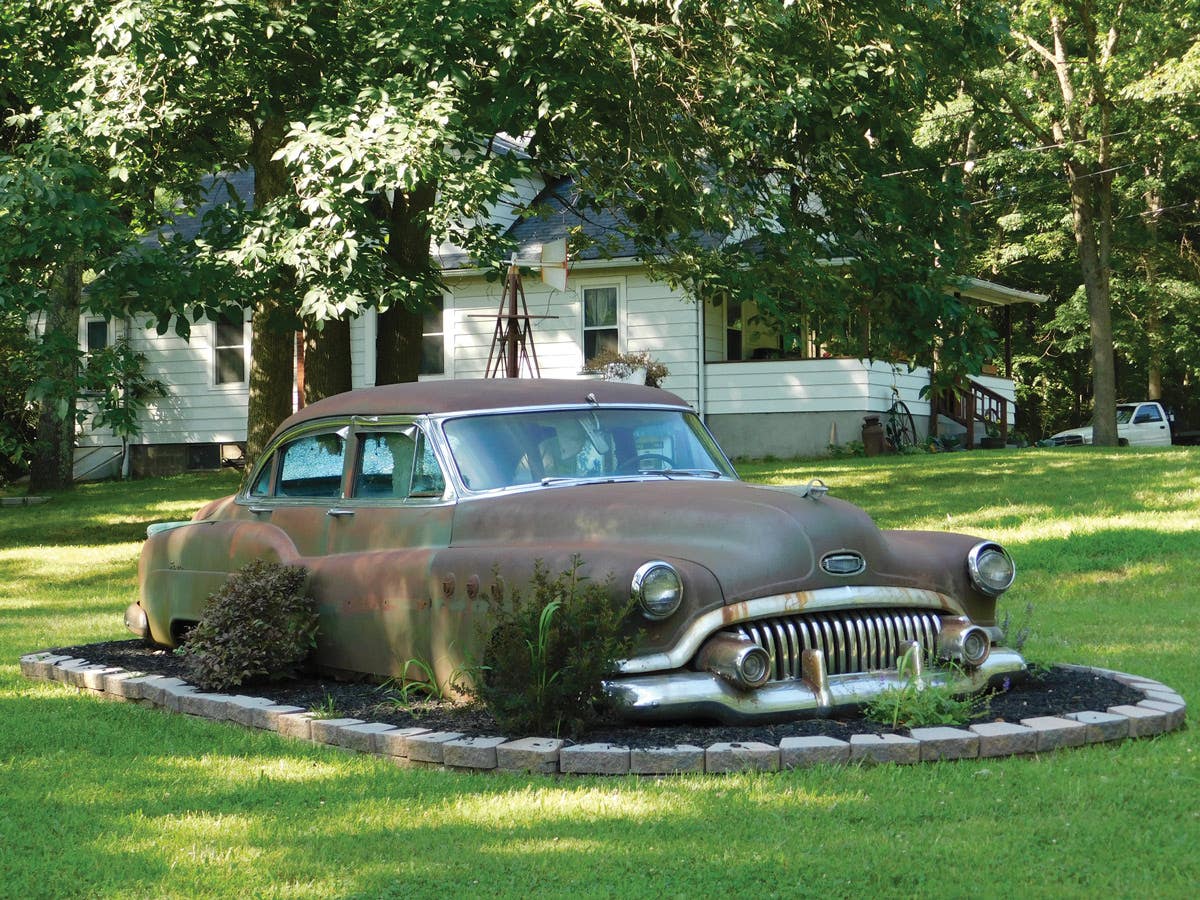Q&A with Kit Foster: December 29, 2011
Q. Could you help me identify this hood I found out in the woods? I’m guessing it’s from the late ’20s, but I’m not sure about the manufacturer. Any help…
Q. Could you help me identify this hood I found out in the woods? I’m guessing it’s from the late ’20s, but I’m not sure about the manufacturer. Any help would be appreciated.
Bruce Johnstone, Rapid City, S.D.
A. The telltale characteristic on this hood is the louver pattern on the side. It resembles those I see on the 1930 Peerless Master Eight, and on the 1930-’31 Reo Flying Cloud. However, those are larger cars with longer hoods. After a bit more looking I’m confident this one is from a 1929 Oakland. The cowl, however, doesn’t look right for that car, so I suspect the two are merely hanging out together.
-------------------------------------------------------------
Q. With regard to the mystery radiator cap in the Oct. 20 Q&A, I found one on eBay. The seller seems to know quite a bit about it. It’s always fun to attempt to solve a puzzle.
Chris Mahuron, Palm Springs, Calif.
A. Chris provided a link to the eBay listing, and indeed it seems to be the same cap that David Hildebrand inquired about. The seller describes it as “an antique Eagle Star Motor Car figural radiator cap. This has the customizable front initial plate. This was made by Star Four Durant Motors.” The Star was Billy Durant’s entry-level car in his Durant Motors line, which also included Durant, Flint and Locomobile. Eagle was a short-lived make that appeared as prototypes only. The eBay cap, whose photo we cannot reproduce for copyright reasons, has a flip-up top with a hole for a MotoMeter. The top is released by pulling forward on the eagle’s head. The eagle’s body has a shield with the initial “F” in the same shape as the “shadow”on Dave Hildebrand’s. This supports Ray Geweke’s contention (Dec. 15) that the cap is an accessory type, on which the owner could affix his own initial or emblem. Further evidence that it’s an accessory type comes from the fact that the eBay cap has male threads and David Hildebrand’s has female threads.
-------------------------------------------------------------
Q. I need to know before the end of December if it is better to have a full tank of gas in an old classic car or drain it. I put the green STA-BIL in the tank to fight the ethanol. I have read that the ethanol during winter months will separate and then turn to water. This seems like it would be bad for the gas tank. I would like to know what to do on my three old cars before winter. I’m sure there are a lot of guys wondering about the same thing.
Bill Walker, Mt. Pleasant, Mich.
A. There are several schools of thought on this question, and we aired some of them back in the Oct. 15, 2009 issue. The conventional wisdom used to say one should keep a full tank in the winter months, to minimize condensation. However, the rapid deterioration of modern gasoline calls this into question, and my preference is to drain the tank if you’re anticipating long-term storage. I do this with my small-engine machines, like lawn mowers and generators, too. On many cars it is difficult, if not impossible, to drain the fuel tank without removing it. In such cases, it may be best to keep a small amount of gas in the tank, using fuel stabilizer like STA-BIL or another brand. If the roads in your area are sufficiently clear and dry in the winter, it would be a good idea to not only run the car occasionally but to drive it on a nice day, preferably about 25 miles so that it gets thoroughly warmed up. The car will love you for it.
On the subject of fuel stabilizers, we had some questions alluding to damage caused by the stabilizer itself. Of all the reader responses (not a scientific survey), those who have used stabilizers reported satisfactory results. The few horror stories were all second- or third-hand apocryphal accounts. If you are really going to mothball your car, it’s good to take additional steps beyond draining all the fuel. Some people “fog” the engine with a shot of oil or an oil mist on shutdown. It’s a good idea to “bag” the exhaust pipe and carburetor air intake. I have friends who have had rodent damage inside their engines. Putting bags of desiccant inside the trunk and passenger compartment will further retard condensation, and pest-repellent can also be a good idea.
To submit questions to this column: E-mail angelo.vanbogart@fwmedia.com or mail to: Q&A, c/o Angelo Van Bogart, 700 E. State St., Iola, WI 54990-0001.
Got Old Cars?
If you don't subscribe to Old Cars Weekly magazine, you're missing out on the only weekly magazine in the car hobby. And we'll deliver 54 issues a year right to your mailbox every week for less than the price of a oil change! Click here to see what you're missing with Old Cars Weekly!
More Resources for Car Collectors:
- Classic car price guides, research, books, back issues of Old Cars Weekly & more
- Get expert restoration advice for your classic car
- Get car pricing, data and history all in one place
- Sign up for Old Cars Weekly's FREE email newsletter
- Need to buy or sell your classic car? Looking for parts or memorabilia? Search our huge online classified marketplace







